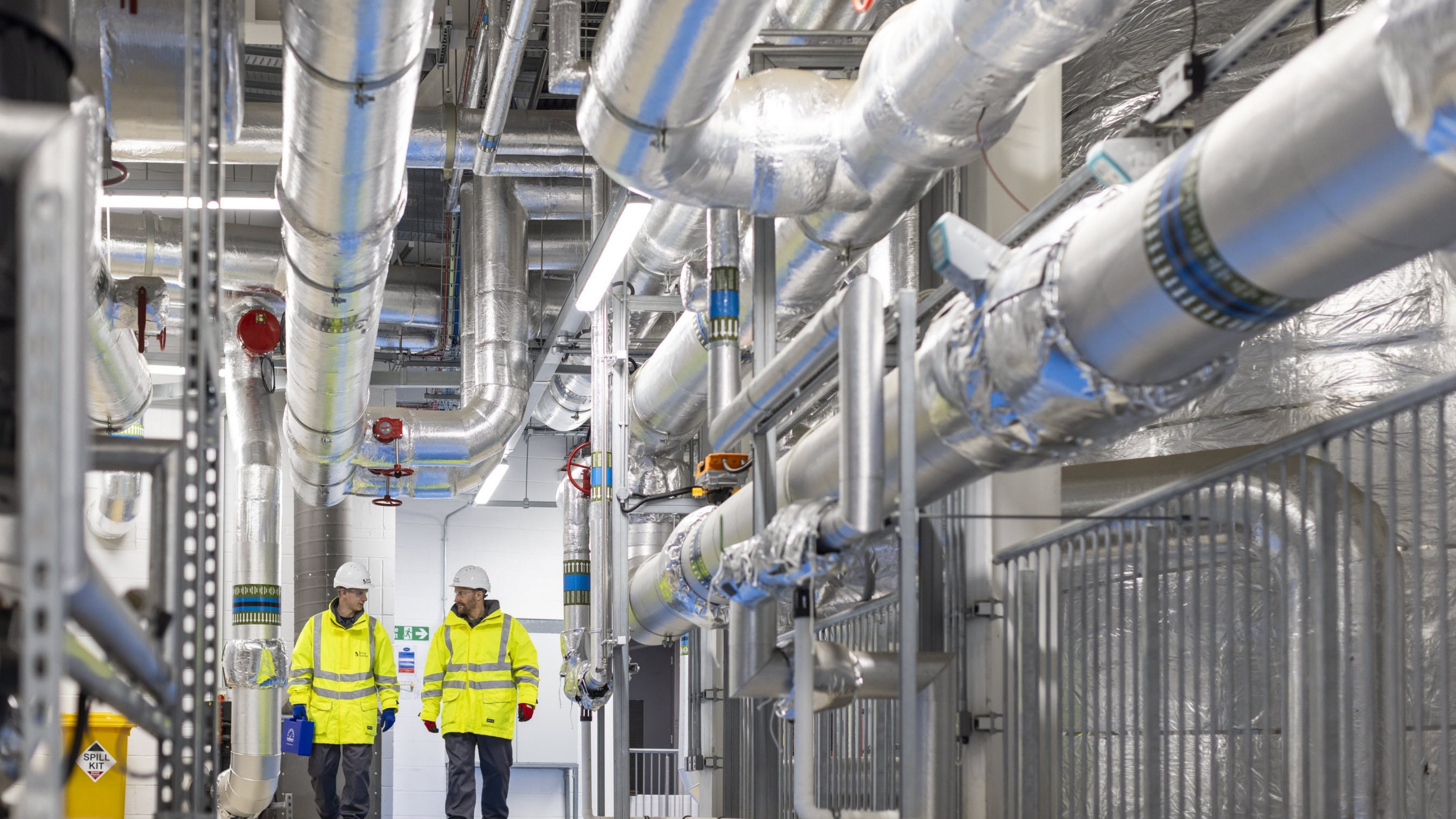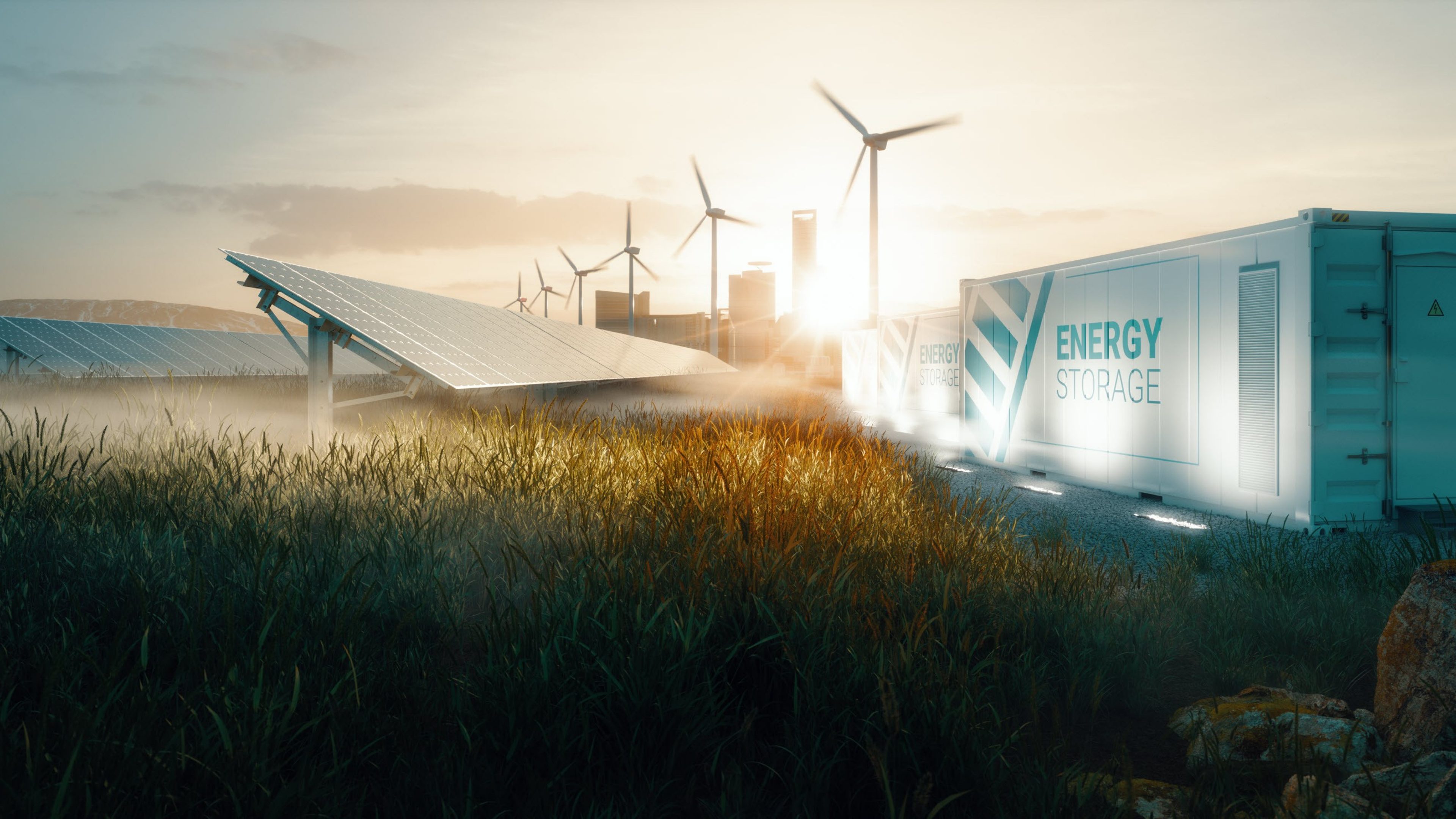Powy develops, owns and operates EV charging stations in Italy and Spain. In our interview, Federico Fea, CEO of Powy, talks about his company’s unique business model, the enormous growth potential of e-mobility and his enthusiasm and fascination for this industry.
The electric vehicle market is growing steadily, and with it the demand for EV charging stations. What is Powy’s unique selling point? How does the company differ from its competitors?
What sets us apart is our business model and the relationship we build with our landlords. We have two types of customers. First, there are those who charge their electric vehicles at our charging stations, and second, there are the owners, lessees or landlords of the sites in which we invest. We refer to this second type of customer generally as “landlords”. We enter a long term partnership with our landlords – we don’t just install a charging station: we stay in contact and share our data with them. Our goal is to develop a common understanding with our landlords to facilitate the evolution of each location and ultimately deliver the best charging experience to our end customers. This focus on customer experience is what distinguishes us from other providers in this market: a partnership based on complete transparency and the sharing of data. Landlords understand that having a partner like Powy, focused on improving the charging experience over time, has a positive impact on their core business and image.
What we do is analyse the data relating to the charging sessions and keep monitoring the situation on each site to see how it is performing and identify how we can improve utilisation. We benchmark each type of location (e.g. supermarket, underground car park, shopping mall, sports club) with the best in class for each cluster to define actions to improve performance over time. Note that this process is iterative and provides key guidelines for the site selection process, which is critical in our scouting phase. We also listen carefully to what customers using our charging stations have to say about their charging experience. Constant monitoring is key for two main reasons. First, being a new industry we have to continuously analyse data coming from different sources to anticipate customer needs and provide the best charging experience over time. Second, we must monitor whether anything has changed at the location – in the logistics of a supermarket, for example, which has an impact on the visibility and usability of the EV charging stations – and promptly react to that. We share this data with our landlords via a platform. We meet with them at regular intervals to discuss potential for improvement and expansion. The work we do is very specific and tailored to partners’ needs. It takes a lot of time, but for Powy it is fundamental to continuously improving our know-how in a fast-growing industry, which will help us to operate on a larger scale.

Where are your charging stations mainly located?
We have a very diversified portfolio, to accommodate all types of charging needs. Our charging stations are located in large shopping centres, supermarkets and sports centres, transport hubs such as airports and train stations as well as inner-city areas, hotels and at restaurants situated along motorways. And we are constantly researching new sites – ones that offer the highest quality in terms of both location and landlords.
Do you own these EV charging stations, or do you sell them after installation?
They remain in our ownership and management. Once we have found a landlord and a place that meet our criteria, we build and finance the entire charging infrastructure. It belongs to us, so it is an asset of our company. In return, we will receive a long-term exclusive concession for a specific area, which we will be able to use for our charging services over the next 10, 20 years. This means that in most of our contracts we have the right and the opportunity to increase the number of charging stations in our portfolio as soon as demand increases. This “additional wave of investment” will also benefit from a lower risk profile and higher returns. As of today, our expansion rights account for more than 45 000 charging points that would nearly double the total amount of charging points that have been installed so far in Italy. This is an important element and where our strategy demonstrates its value.
How does the landlord benefit from this business?
For allowing us to provide our services, the landlord receives a percentage of the revenues. The landlord also gains new customers who would not have visited before, but now, thanks to the charging station, come in for a coffee or make purchases during charging that they would have otherwise made elsewhere. This means that we create added value for our landlords in addition to the revenue share.
Where do you get your electricity from and how much is from renewable sources?
Our network uses 100% certified renewable energy. In Italy, the sources are around 38% hydropower, 28% wind power, 15% photovoltaics and the remaining share of around 20% is a mixture of biomass and geothermal energy.
And how does the electricity get to the charging stations?
Well, we are not the ones who bring the electricity from the site of production to the charging stations. This is done first by the transmission system operator and then by distribution network operators. We have a good relationship with both, because they have an overview of the system and the available capacity. Each time we want to install a new charging infrastructure, we have to ask the distributor for a connection to the grid, which is then owned by our company and represents an additional important asset within our portfolio.
Another reason why this relationship is very important to us has to do with the use of the car battery when the car is parked. Basically, every car is parked somewhere 95% of the time. In the case of e-vehicles, you can connect your battery to the grid via our infrastructure and provide energy services to the grid. It’s a huge business. In Italy alone, EUR 4 billion of balancing services is generated every year and this business will continue to grow in the coming years. Today, this vast and growing market is supplied primarily by thermal power plants. In the years to come, electric vehicles will represent a significant share. That’s why every Powy charging station is also ready to provide this service. Once a critical mass is reached, we will also provide this service, which will benefit both our company and the EV drivers.
What is the difference between fast and ultra-fast charging? What impact does this have on the price?
The difference lies in how much energy each charger can deliver to a battery in each period of time. Some hardware is ultra-fast, able to charge up to 400 kWh/hour, which is a huge amount. (The largest car battery has a capacity of 120 kWh, so theoretically four cars could be fully charged in little more than an hour.) In comparison, slow chargers offer up to 22 kWh/hour. There are also differences in size. The ultra-fast charging stations look like those American fridges: two by two metres in size and weighing more than a ton. The slower ones are small, like the telephones we used to have on the wall, which is why they are called “wallboxes”. In certain cases, they are very practical: for example, you spend the night in a hotel, connect your car to the charging station in the evening and the next morning, the battery is fully charged ready for you to continue your journey. Or you leave your car at the station, take the train, and when you return after four or five hours, your car is charged again.
It is an extremely fascinating business because it combines technology with people, their behaviour and climate change. Everyone has different needs – some people want to charge quickly because they are happy to scroll their smartphone for 15 minutes, have a coffee in a nice bar or keep their stop at a motorway service station as short as possible. Others might be more interested in the price, preferring to charge more slowly to pay less. You can save 15–20% doing this. And depending on how many kilometres you travel a year, it can make a considerable difference.
So, it’s a very fascinating industry and more complex than some people think. Different technologies come together here. It’s not just about charging, it’s also about cars and the size of batteries, their type and the chemical composition. Likewise, a car’s battery management system plays a role, as it tells the charger how much power can be charged without damaging the battery. We have also established a long-term partnership with the car manufacturer Stellantis to discuss future trends in e-mobility. These trends also influence how we develop our charging stations.
Which category of electric cars are the charging stations suitable for?
For all private cars, for commercial vehicles, even for some types of trucks. But it depends on the size of the vehicle – a 25-metre bus will not fit in a 5x5 metre parking lot. The criterion is therefore not the charger, which is the same for each car, but the size of the car. In terms of parking space, our charging stations are built for cars and small to medium-sized trucks.
You have more than doubled the number of charging stations and locations within a year. What are your next steps?
We want to build a network of charging stations across Europe. We started in Italy and Spain as that is where we are from. And we plan to expand into other countries. We will first focus on those that are strongly connected to our current network. I’m referring for example to France, Portugal, Austria and Switzerland. We are also in discussion with our landlords, who are very satisfied with the services we provide in Italy or Spain, regarding other countries. This is our short-term perspective of less than five years; in the long term, we could also consider still more countries. In this case, I would be looking at a time horizon of ten years.
We are constantly exploring the market. Organic growth is one option, M&A – at the right conditions – another. The strategy is clear: we want to grow, but at the same time we remain selective when it comes to locations and landlords because we want to maintain high quality.
Would you say that Powy enables people to lead a self-determined, sustainable life?
That is indeed very important to us. It is our mission to move in this direction, for people both outside and within our company. We are confident that this is the way to continue our successful growth and to inspire people. I feel this passion in our company and I am very proud of it.
In May 2023, Swiss Life Asset Managers acquired a majority stake in Powy to support the growth of Electric vehicle charging stations across Europe.
Swiss Life Asset Managers has a long investment horizon in infrastructure and combines industry knowledge with reliability and sustainability.




